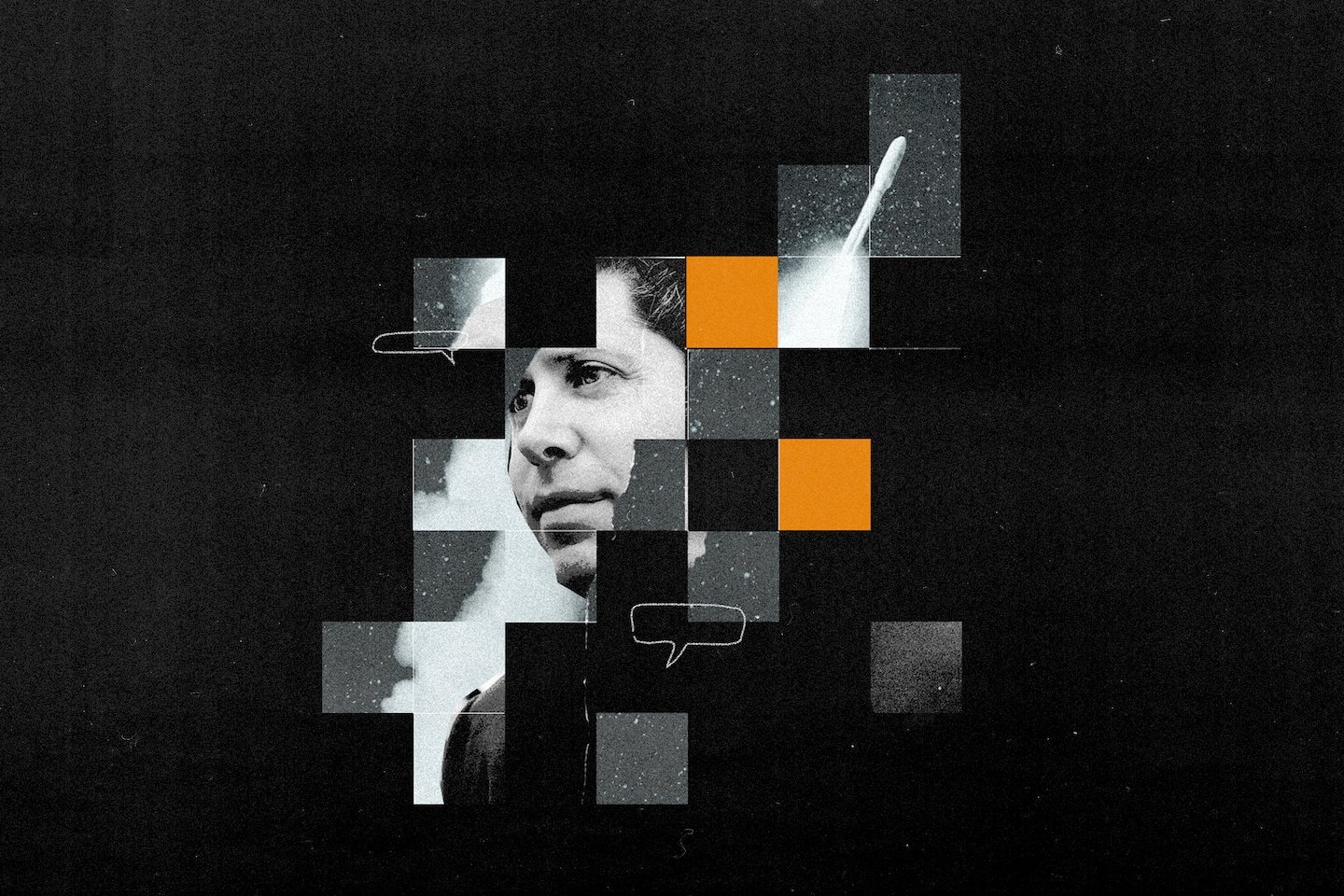Humanoid Robots Take Center Stage: A New Era of Music Collaboration
In an exciting development at the intersection of technology and the arts, researchers from the realm of robotics have unveiled a trailblazing study published in PeerJ Computer Science that explores the collaborative potential between humanoid robots and human musicians. This groundbreaking research not only illustrates the future of entertainment but also redefines creative expression through robotics.
Meet the Robotic Band
At the heart of this study is a captivating duo: Polaris and Oscar, a mid-sized humanoid robot functioning as a drummer and a Robotis-OP3 humanoid robot acting as a keyboardist, respectively. This innovative ensemble showcased their abilities during live performances with human musicians, achieving impressive synchronization and cooperation.
Cutting-Edge Technology in Action
Leveraging state-of-the-art technologies, this project employs advanced systems for human-robot interaction and utilizes the Robot Operating System (ROS). This allows for seamless communication and precise timing between robots and their human collaborators, ensuring a harmonious performance that blurs the lines between man and machine.
A Vision Beyond Precision
The research team expressed that their objective extended beyond mere technical execution, emphasizing a desire to explore how humans and robots can engage in creative interactions during real-time performances. "Music is a universal language," they stated, reinforcing the notion that integrating humanoid robots into musical settings not only amplifies entertainment value but also expands the horizons of what robotics can accomplish.
Innovation in Synchronization Techniques
Among the significant innovations highlighted in this study is the ability of the robots to employ advanced synchronization techniques. By utilizing multimodal sensory integration that includes visual, auditory, and predictive systems, Polaris and Oscar were able to perform in sync with their human counterparts effectively.
Optimizing Human-Robot Interaction
The researchers also focused on refining human-robot interaction protocols. This enables the robots to adapt fluidly to human cues during performances, fostering a natural collaboration that enhances the overall experience for both the performers and the audience.
Technical Integration at Its Best
The technical backbone of this collaboration is the Robot Operating System (ROS). This platform facilitates smooth coordination between the robotic hardware and software, allowing both robots to interpret musical notes, predict beats, and modify their performance dynamically as the music unfolds.
Experience the Performance
In a demonstration of their capabilities, the robotic team performed at the Humanoid Application Challenge (HAC) competition, garnering acclaim for their precision, creativity, and innovative approach. Check out their spectacular performance here.
Future Directions in Humanoid Robotics
As this research looks to the future, there are plans to further refine robotic capabilities. Proposed enhancements include:
- Improving Synchronization Algorithms: Tweaking timing and beat recognition for an even more cohesive performance.
- Enhancing Social Interaction: Allowing robots to engage with audiences by interpreting musical cues and responding dynamically.
- Introducing Musical Improvisation: Developing heuristic and predictive models that allow robots to improvise in real-time, making performances more dynamic.
Exploring Collaborative Potentials
This innovative study underscores the impressive potential of humanoid robots within the creative landscape, particularly in the realm of music. The researchers believe that robots equipped with real-time interaction capabilities can significantly enhance artistic expression, showcasing adaptability and a sense of artistry traditionally limited to human performers.
A Broader Impact Beyond Entertainment
Beyond the exciting realm of entertainment, this research lays foundational groundwork for broader applications of human-robot collaboration. Insights gained from this work could extend to various fields, including education, therapy, and public engagement, where robots can play active roles in personal and community development.
A Fusion of Art and Technology
Ultimately, the integration of humanoid robots like Polaris and Oscar into musical performances marks a significant shift in how we perceive the fusion of art and technology. As advancements in robotics continue, the possibilities for collaboration between man and machine look more promising than ever.
Conclusion: The Future is Collaborative
In conclusion, the study published in PeerJ Computer Science serves as a reminder of both the rapid advancements in robotic technologies and the limitless potential for creativity they bring into the world. As musicians, artists, and technologists continue to explore the realms of collaboration, one can only imagine a future where human-robot bands thrive, creating new forms of artistic expression and redefining the entertainment landscape.







